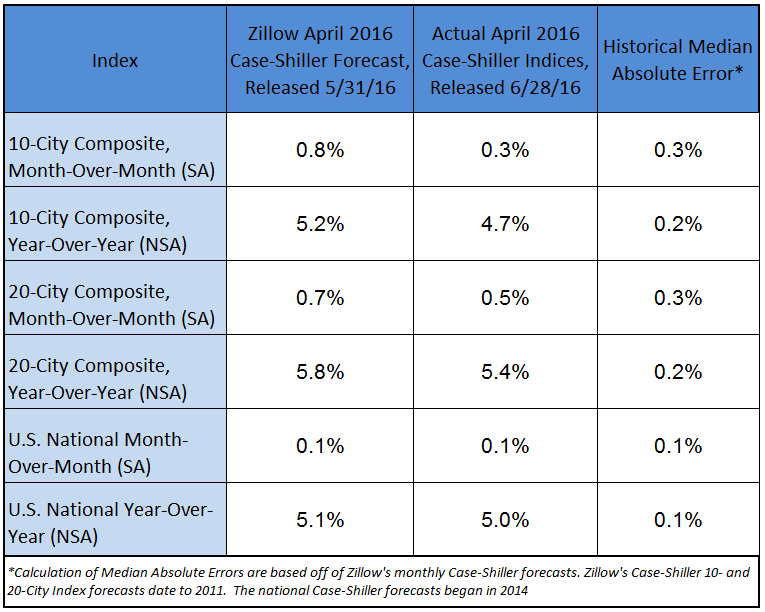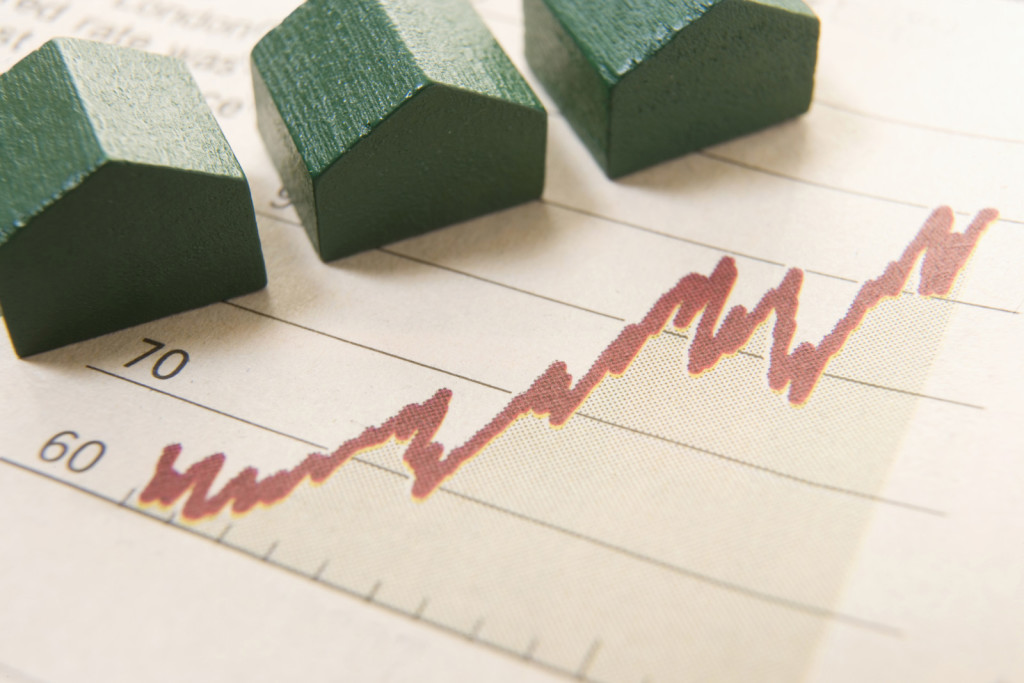Uncategorized
April Case-Shiller: Growth Slows Somewhat, but Remains Stable
April Case-Shiller data indicate a slight but widespread slowdown in home price growth compared to March, with all three major indices growing less quickly than expected, though at a pace still very much in line with the past few months.
April Case-Shiller data indicate a slight but widespread slowdown in home price growth compared to March, with all three major indices growing less quickly than expected, though at a pace still very much in line with the past few months.
Seasonally adjusted home prices in both the 10- and 20-city composite indices grew at roughly half the monthly pace in April as in March (0.8 percent to 0.3 percent for the 10-City; 0.9 percent to 0.5 percent for the 20-city). Seasonally adjusted monthly growth in the larger, national index was flat in April from March (0.1 percent in both months). Seasonally adjusted monthly growth was slower in April than in March in 15 of the 20 large markets covered in the 20-city composite index, and flat in another two.
On an annual basis, April Case-Shiller data showed the 20-City Composite index up 5.4 percent from April 2015 through April 2016, the same annual pace as in March. The 10-City Composite index grew 4.7 percent year-over-year, also flat from last month. The U.S. National Case-Shiller index grew 5 percent year-over-year, down from a 5.2 percent pace in March.
Below are Zillow’s forecasts of April Case-Shiller data, along with the actual April Case-Shiller numbers released today.
 Today’s Case-Shiller data shows continued fast growth in the housing market, but there is also a growing divide between the top and bottom of the market that the Case-Shiller numbers don’t reveal. Conditions nationwide and in most large metros are much more forgiving for current homeowners looking to move into a bigger, more expensive home than for younger, entry-level buyers just looking to get a toe-hold in the market. Home values for the least-expensive homes are growing twice as quickly as they are for the most-expensive homes, and the gap is widening. Given last week’s Brexit news and the ensuing market reaction, it doesn’t look like interest rates are going to rise meaningfully any time soon, which means it will remain cheap to finance a home for those that can afford one. But for many buyers, finding an affordable home to buy in the first place is likely to remain pretty tough.
Today’s Case-Shiller data shows continued fast growth in the housing market, but there is also a growing divide between the top and bottom of the market that the Case-Shiller numbers don’t reveal. Conditions nationwide and in most large metros are much more forgiving for current homeowners looking to move into a bigger, more expensive home than for younger, entry-level buyers just looking to get a toe-hold in the market. Home values for the least-expensive homes are growing twice as quickly as they are for the most-expensive homes, and the gap is widening. Given last week’s Brexit news and the ensuing market reaction, it doesn’t look like interest rates are going to rise meaningfully any time soon, which means it will remain cheap to finance a home for those that can afford one. But for many buyers, finding an affordable home to buy in the first place is likely to remain pretty tough.

